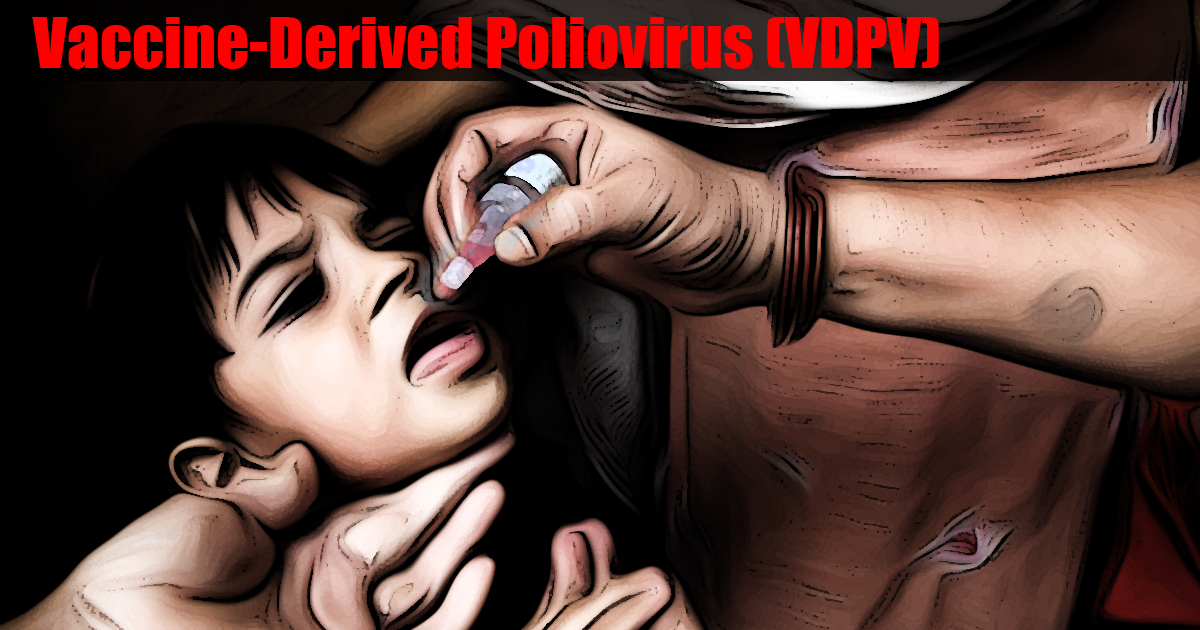
Context:
Recently, a two-year-old child from Meghalaya was diagnosed with Vaccine-Derived Poliovirus (VDPV), prompting renewed concerns about the risks linked to the Oral Polio Vaccine (OPV).
What is Vaccine-Derived Poliovirus?
Vaccine-Derived Poliovirus (VDPV) is a rare type of poliovirus that can develop from the weakened virus strain used in the Oral Polio Vaccine (OPV). This phenomenon typically occurs in communities with poor sanitation and low immunity levels.
- The weakened virus used in OPV replicates in the intestines and is usually excreted without causing illness. However, if it circulates in environments with inadequate sanitation for an extended period, it can mutate into a form that has the potential to cause paralysis.
Background on Polio Vaccines
- Oral Polio Vaccine (OPV):
This vaccine uses a live, weakened version of the poliovirus to build immunity. It is easier to administer and less expensive than injectable vaccines, making it a popular choice in many countries. - Inactivated Polio Vaccine (IPV):
IPV contains an inactivated (killed) virus and is given via injection. Unlike OPV, IPV does not carry any risk of vaccine-associated paralytic poliomyelitis (VAPP), a rare side effect of the OPV.
Types of Vaccine-Derived Poliovirus (VDPV)
- Circulating Vaccine-Derived Poliovirus (cVDPV):
This type can spread within communities, particularly where there is low vaccination coverage, potentially causing outbreaks. - Immunodeficiency-Related Vaccine-Derived Poliovirus (iVDPV):
This type occurs in individuals with primary immunodeficiency disorders who are unable to eliminate the vaccine virus from their bodies, allowing it to mutate.
Concerns Related to VDPV
- Genetic Reversion:
The attenuated virus excreted by vaccinated individuals can undergo genetic changes, sometimes reverting to a form capable of causing paralysis similar to that caused by the wild poliovirus. - Outbreak Potential:
VDPV outbreaks pose a significant threat in areas with low immunization rates, as the virus can spread and lead to cases of paralysis.
Prevention and Control Measures
- Transition to IPV:
Due to the risks associated with OPV, especially in areas with low vaccination rates or in immunocompromised individuals, there is an increasing push to transition from OPV to IPV. Countries such as the United States and Japan have already made a complete switch to IPV. - Enhanced Surveillance and Monitoring:
It is crucial to implement robust surveillance systems to detect VDPV cases early and prevent their spread. - Maintaining High Immunization Coverage:
To prevent the circulation and mutation of the virus, high vaccination coverage is essential. Programs like Mission Indradhanush in India aim to increase immunization rates. - Public Health Education:
Raising awareness about the importance of vaccination and good hygiene practices is vital to prevent the spread of VDPV.




